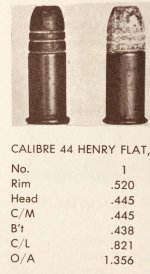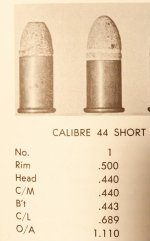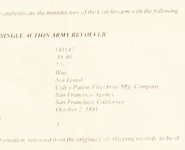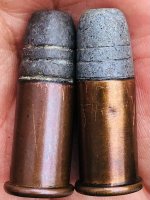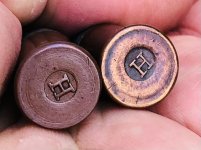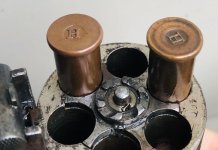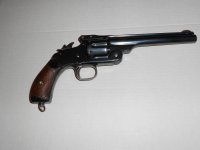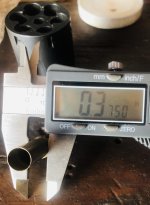- Joined
- Dec 1, 2022
- Messages
- 871
- Reaction score
- 1,410
Hi There,
Interesting statement. There are many references but the best
I can provide is to direct you to Charles Pate's book: Smith &
Wesson American Model in U.S. and Foreign Service and
consult the foot notes.
Cheers!
Webb
Webb,
Can you provide specific references. I'm not interested in modern references or published claims without proof.
Murph
Interesting statement. There are many references but the best
I can provide is to direct you to Charles Pate's book: Smith &
Wesson American Model in U.S. and Foreign Service and
consult the foot notes.
Cheers!
Webb

